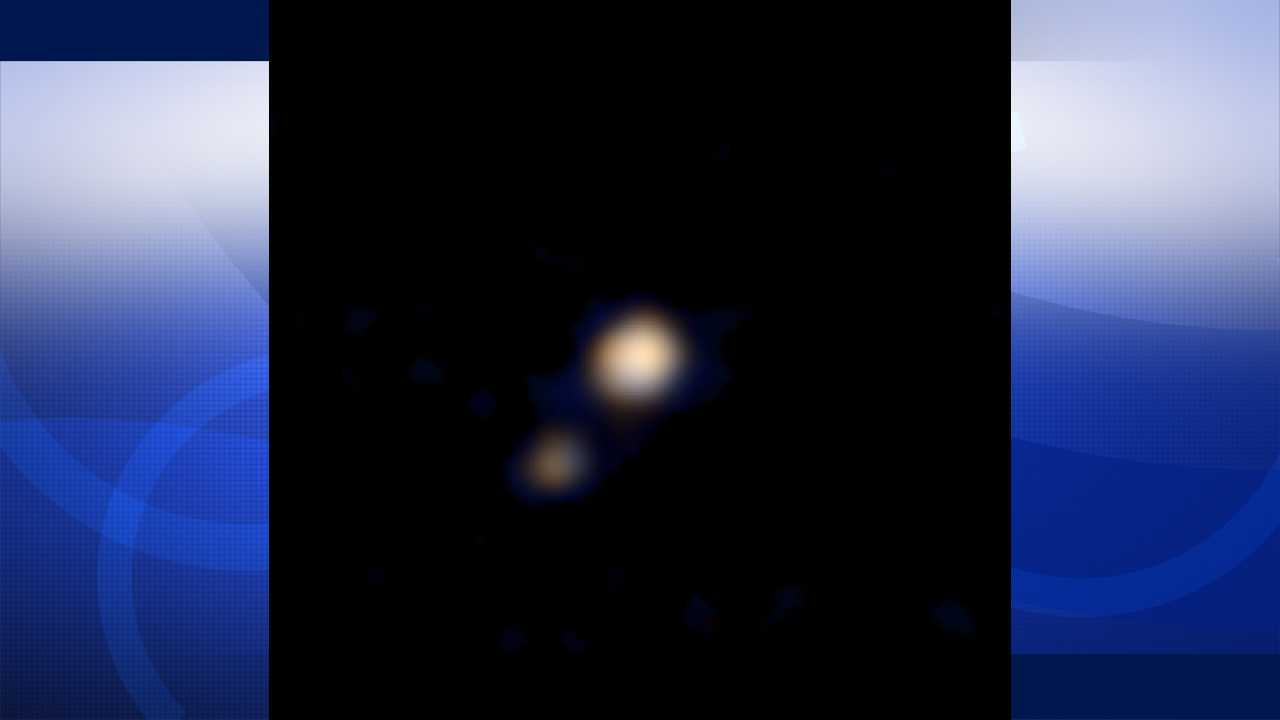NASA receives signal from New Horizons confirming Pluto flyby


MOUNTAIN VIEW, Calif. (KGO) -- NASA just received a signal back from New Horizons, confirming a successful first flyby of Pluto.
Euphoria broke out at NASA as Pluto is now the most distant object reached by human technology. Pluto has always been that tiny, far-away object we couldn't quite get to -- until now.
It has been 35 years since NASA last explored a planet for the first time, but early Tuesday morning, the spacecraft New Horizons made its closest pass to the icy dwarf planet.
The first images have already received a standing ovation and now we know that there will be plenty more.
Some of the kids gathered at NASA's Ames Research Center in Mountain View waiting to hear back from the space probe hadn't even been born yet when it left Earth nine years ago.
"The pictures might tell us about the surface of the planet and about exactly how big its atmosphere is," 8-year-old Andrew Fetsch said.
Those are some of the same things astronomers have wondered for decades.
VIDEO: Bay Area space buffs celebrate successful Pluto flyby
"Pluto has turned out to be an extremely complex and intricate world," a NASA spokesperson said.
But NASA scientists know the best is still yet to come.
NASA's New Horizons flies by Pluto
Though now called a dwarf planet, Pluto's gravity is nothing to sneeze at. Its largest moon, Charon, is half the size of Pluto itself.
Bicay said, "Mass we call the Barry Center, which is outside the surface of Pluto so in effect, it's a dwarf planet. We are investigating for the first time two planets orbiting each other. Dwarf planets, Pluto and Charon."
The data will take about 16 months to all get sent back and many more months, if not years, to analyze it. We should see the first high-resolution images of Pluto around noon Wednesday.
To read more stories about space, click here.














